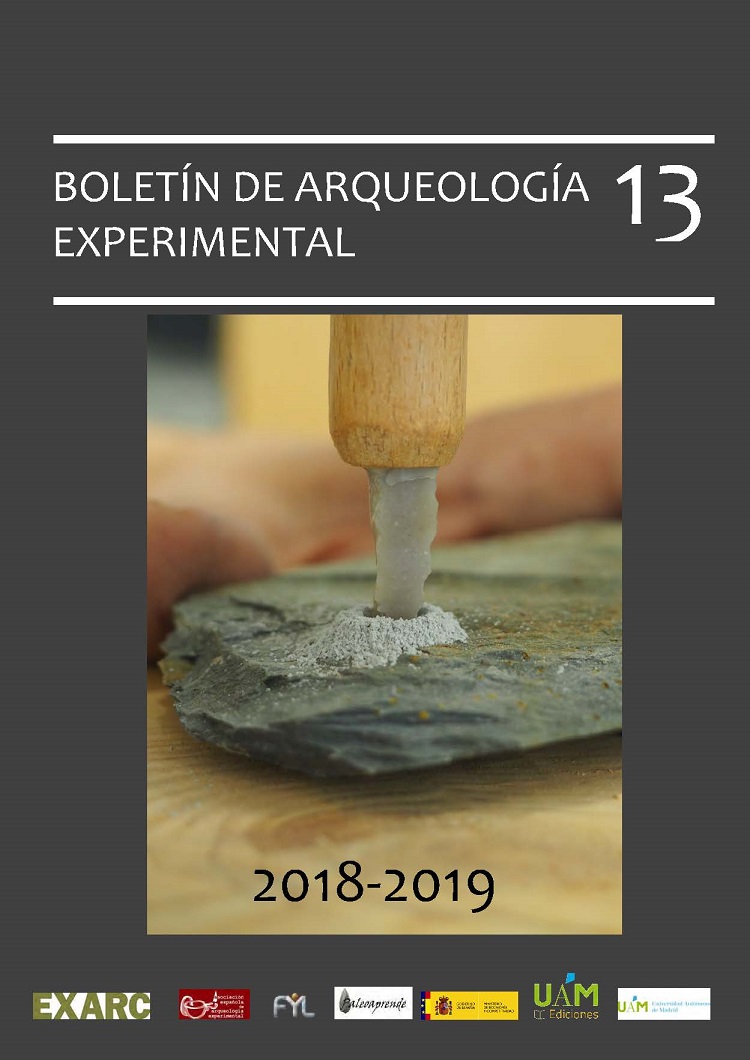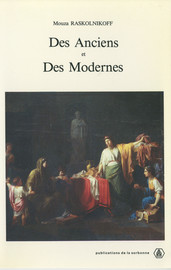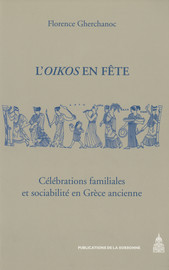ICONEA: International Council of Middle Eastern Archaeomusicology
ICONEA is now the host of articles, videos and sound files from scholars and students.
Papers will be submitted as pdf files, or Word and compatible. There is no peer reviewing and no restrictions as to the size of the articles. ICONEA has an inclusive policy which aims at helping students, and scholars and not excluding them from having their work published. Videos will appear as links to YouTube, Vimeo, etc. Recordings will be provided as mp4 files and other similar formats. Scholars are invited to upload criticism of papers presented. Articles will be archived in this site until a reasonable amount of them can be assembled as a volume which will be published both OnLine and as Print On Demand format.
Therefore, we invite all scholars and students of Ancient Middle Eastern archaeomusicology to provide their articles.
All articles, soundfiles, video links, pictures, and criticism to be sent to both: rdumbrill@iconea.org and to patrick.h.huang@gmail.com
ICONEA is setting up an online and live yearly conference in order to avoid costs and reducing the carbon load. More details will be given when availableMosr recent articles:
Roberto MELINI: POSSESSED BY THE GREAT MOTHER: MUSIC AND TRANCE IN ANCIENT POMPEII AND IN THE POPULAR TRADITION OF SOUTHERN ITALY
Leon CRICKMORE: MIND YOUR p’s AND q’s! IS PLIMPTON 322 MUSICAL?
Gilles de Rosny: EXPRESSION OF THE CONSTITUTION OF ARISTOXENUS’ MUSICAL SCALES IN TERMS OF MATHEMATICAL FUNCTIONS
Theodore W. Burgh: SOME IDEAS REGARDING MUSICAL PERFORMANCE IN ANCIENT ISRAEL
Richard Dumbrill: A FLUTE OR NOT A FLUTE? THAT IS THE QUESTION


























